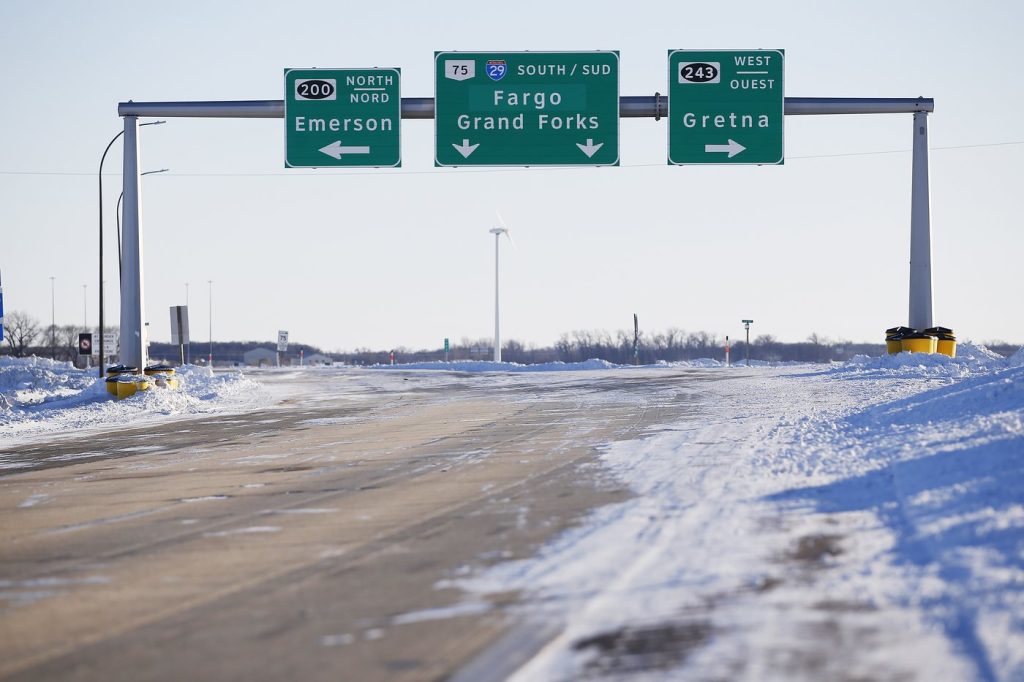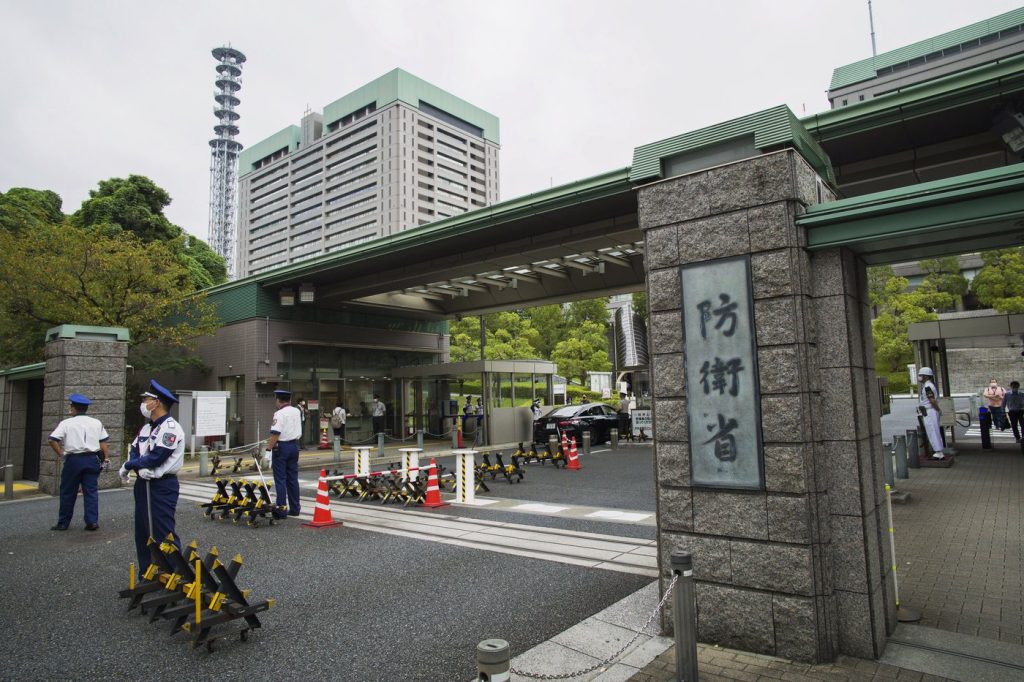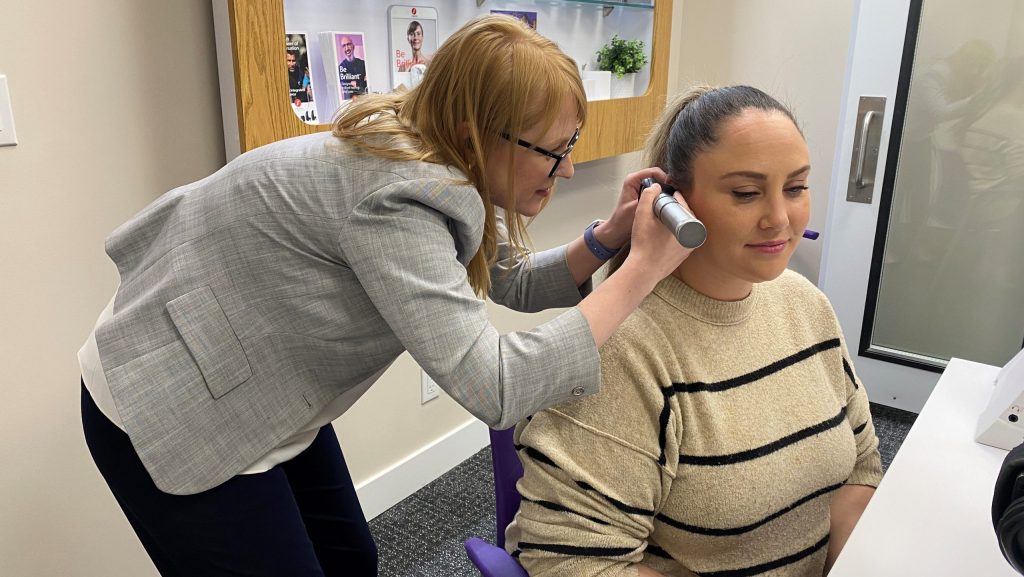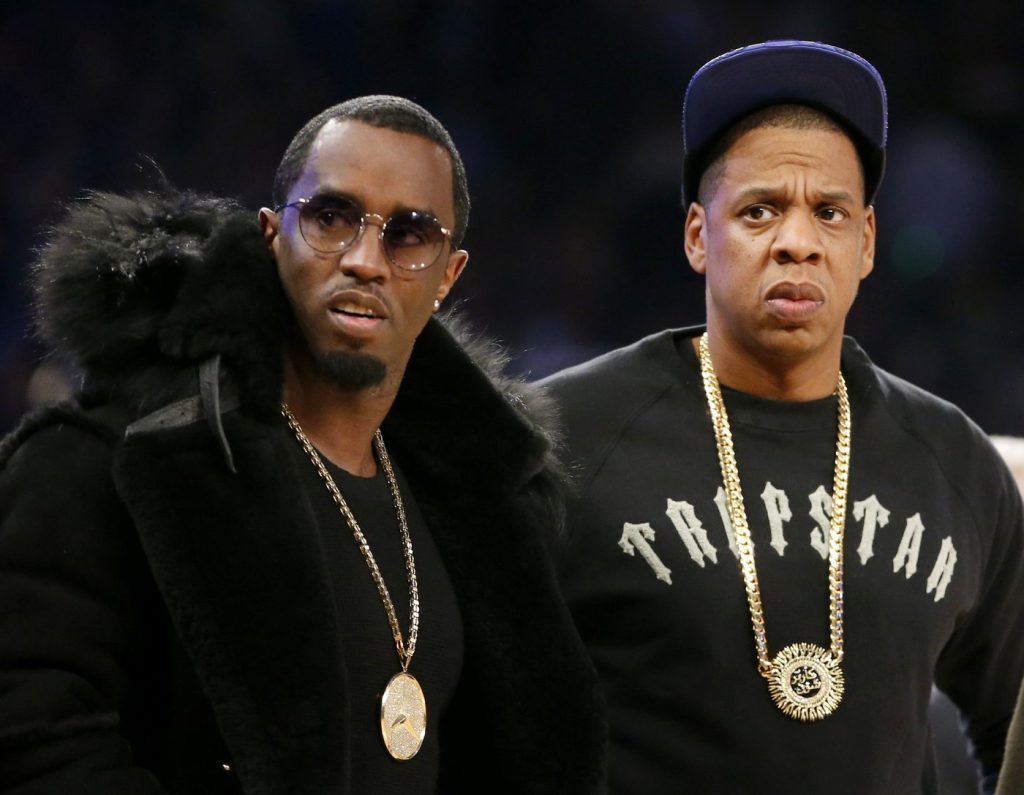Loud, proud and back in person: Pride Parade returns to streets of Toronto
Posted June 26, 2022 10:45 am.
Last Updated June 26, 2022 8:01 pm.
Tens of thousands marched in Sunday’s Pride parade in downtown Toronto, marking the return of one of the city’s most vibrant events with its first in-person celebration since 2019.
The day was filled with infectious energy as rainbow flags blanked the parade route along with outfits that made the parade look more like a fashion runway at times.
All the glitz and glam aside, the overriding message was one of love and inclusion from those who turned out in support of the 2SLGBTQ+ community.

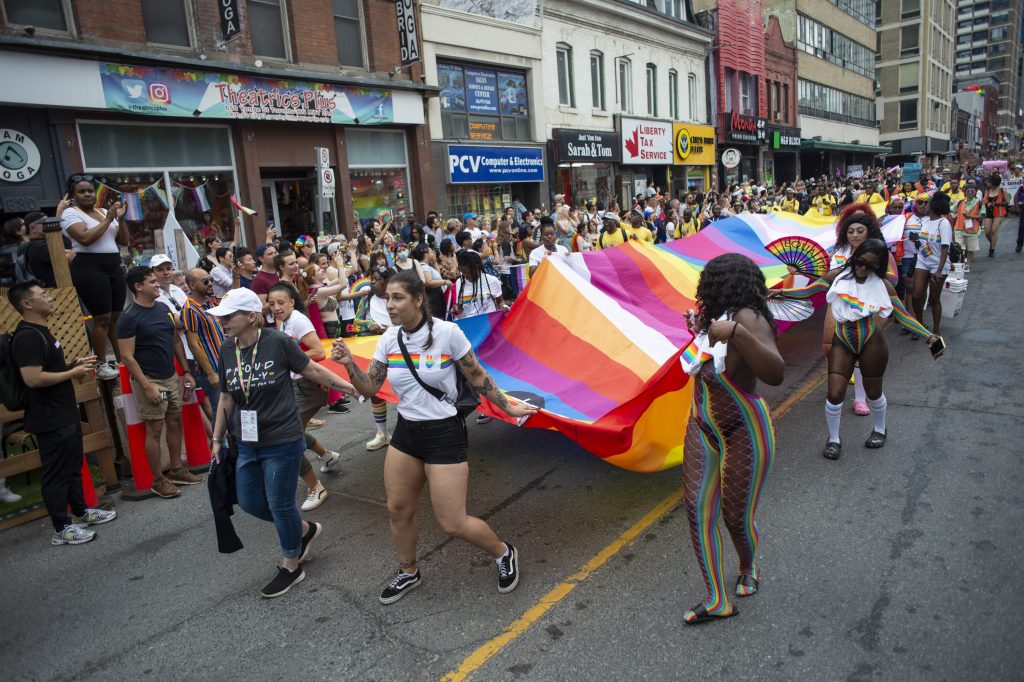
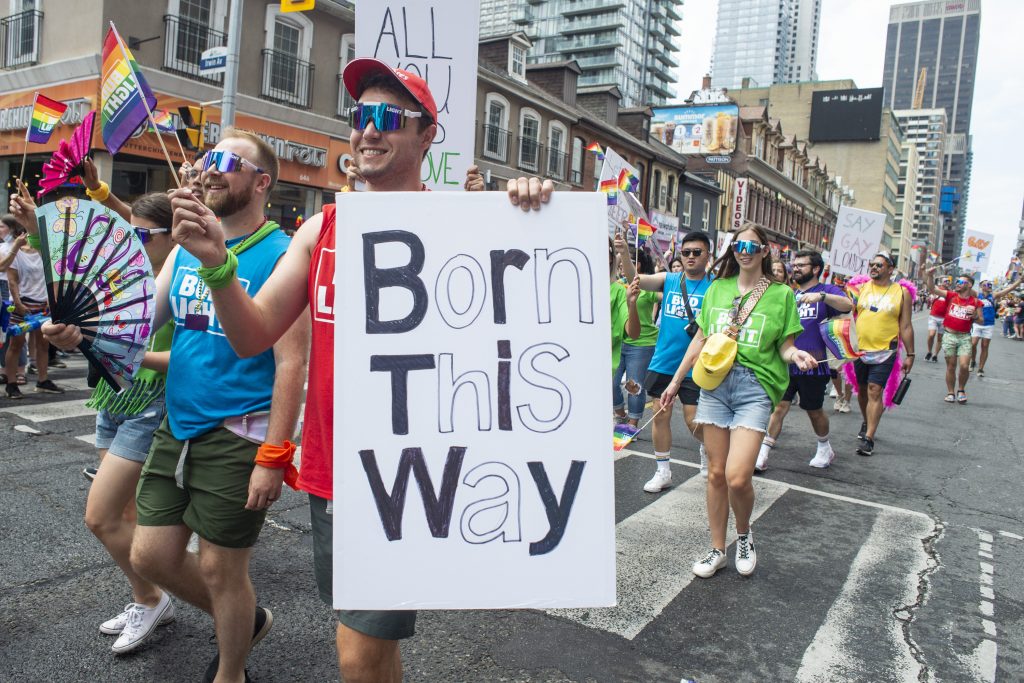
Andrew Scott was marching in his first Pride parade after coming out as a transgender man during the pandemic.
“It means a lot. It means love and being proud of who I am,” said Scott, 29, who now volunteers with local 2SLGBTQ+ support organization Toronto Pflag. “I love educating and I want to be that role model for kids that I never had.”
Lio Mariposa, who is non-binary, likened the pandemic to a chrysalis after deciding to start testosterone hormone therapy.
“It’s a little trite to say, but I literally feel like a butterfly. I’ve come out and I’m different now… It was beneficial even if the circumstances weren’t optimal,” said Mariposa, referring to the pandemic.
The return of in-person Pride brought out some people who have been open about their sexuality for years, but have otherwise never made the trip to the parade. Candice Combdon, who competes for Team Ontario in wheelchair tennis, said she was attending her first parade despite being out as a lesbian for a decade.
“I wanted to be around community and people. It’s just my first big event being out and about,” she said. “I feel very welcomed here. Being a disabled queer woman, you don’t see a lot of us out there in the normal world. So it’s nice to see a whole bunch of us out together.”
Mayor John Tory was among a number of politicians of various political stripes who took part in the parade including Liberal cabinet minister Carolyn Bennett, newly elected NDP MPP Kristyn Wong-Tam and federal NDP leader Jagmeet Singh. Ontario Premier Doug Ford was not in attendance. He has said in the past he would not take part unless Toronto police are allowed to return as well.
Toronto police have been barred by parade organizers from marching in uniform since 2017.
Toronto we love you!
Missed this energy! ????️????#Pride pic.twitter.com/M864ebHZeU
— John Tory (@TorontosMayor) June 26, 2022
Ahead of the parade, Tory took part in PFlag’s family breakfast with his grandchild Isabel, who has come out as part of the 2SLGBTQ+ community.
“We went to Church Street together last night and Isabel hadn’t been to Church Street before, for the full experience of that part of pride, and she’s going to be together with other members of her family in the parade,” he said. “I’m very proud of who she is and that she’s able to be her authentic self.”
Pride Toronto said they expected 1.8 million people to attend Sunday’s parade.
The march came during a week when anti-2SLGBTQ+ violence and threats to long-fought-for rights made international headlines.
Sherwin Modeste, executive director of Pride Toronto, pointed to the arrest this month of a Mississauga teen for death threats made against a Florida Pride event as an example of how Canada is not immune from the same anti-2SLGBTQ+ sentiments or violence.
“For us to gather like this and be like, ‘we don’t care if you’re going to threaten us, we’re going to do it anyway,’ it just shows the unity in this community,” said Kim Keogh, a nonbinary queer person attending their eighth Pride parade.
Security was ramped up following a rise in anti-2SLGBTQ+ incidents this month with organizers hiring extra security to ensure the event went off without incident.
The parade was the culminating event in Pride Toronto’s month-long festival program, but festivities were slated to continue into Sunday night, including outdoor concerts along Church Street in the Gay Village. The festival also hosted a number of other events over the weekend, including the Trans March on Friday and the Dyke March on Saturday.
New urgency attached to U.S. Pride parades
South of the border, Pride parades kicked off in New York City, San Francisco, Chicago and elsewhere with glittering confetti, cheering crowds, fluttering rainbow flags and newfound fears about losing freedoms won through decades of activism.
The annual marches took place just two days after one conservative justice on the Supreme Court signaled, in a ruling on abortion, that the court should reconsider the right to same-sex marriage recognized in 2015.
Thousands of people – many decked in pride colors – lined the parade route through Manhattan, cheering as floats and marchers passed by. Organizers announced this weekend that a Planned Parenthood contingent would be at the front of the parade.
In Chicago, Mayor Lori Lightfoot called the top court ruling a “momentary setback” and said Sunday’s events were “an opportunity for us to not only celebrate Pride, but be resolved for the fight.”
“We will not live in a world, not in my city, where our rights are taken from us or rolled back,” said Lightfoot, Chicago’s first openly gay mayor, and the first Black woman to hold the office.
In San Francisco, some marchers and spectators held signs condemning the court’s abortion ruling. U.S. House Speaker Nancy Pelosi, who rode in a convertible holding a gavel and a rainbow fan, said the large turnout was an acknowledgement that Americans support gay rights.
“Even in spite of the majority on the court that’s anti our Constitution, our country knows and loves our 2SLGBTQI+ community,” she told KGO-TV.
Files from The Associated Press were used in this report
